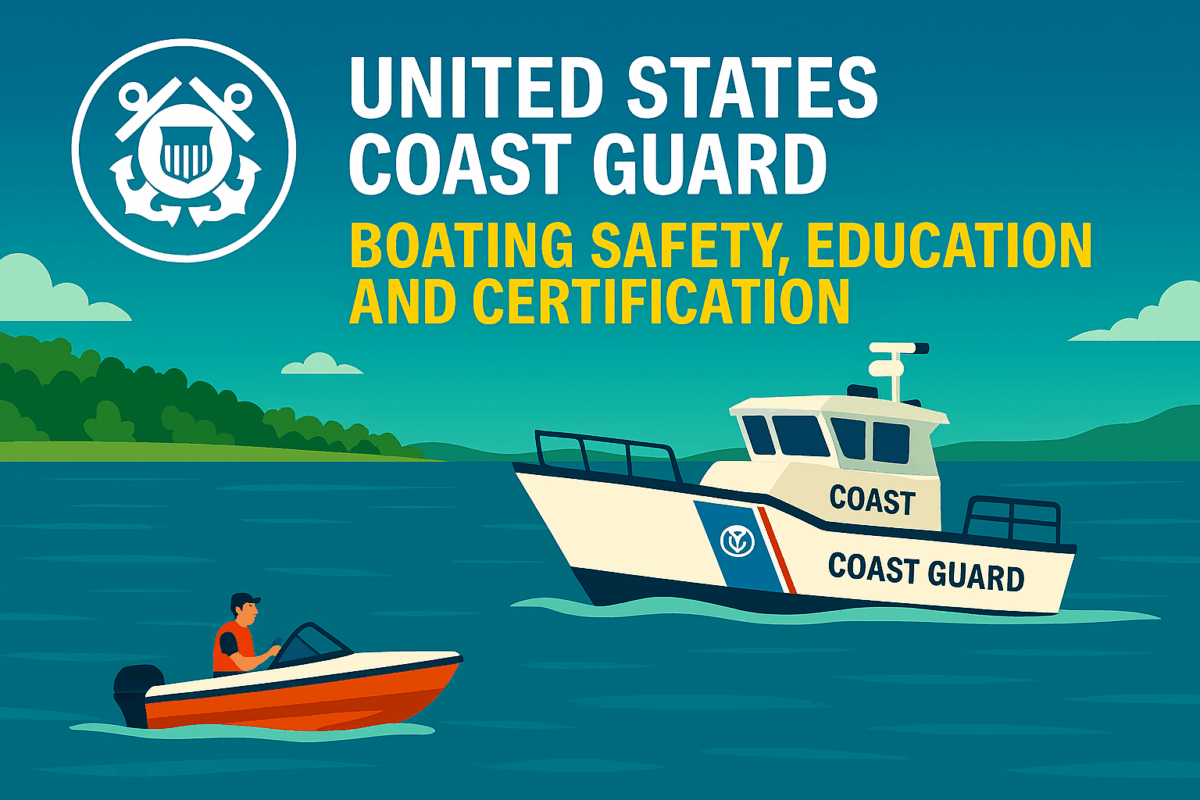Call: 1-800-832-7191

USCG Special Notice Right Whale
Understanding the USCG Special Notice Right Whale
USCG Special Notice Right Whale alerts mariners to seasonal restrictions and protective measures for endangered North Atlantic right whales. These notices aim to reduce ship strikes and disturbance during migration, calving, and feeding periods. Because right whales are slow swimmers and difficult to spot, vessel operators must remain vigilant and follow speed regulations.
The Coast Guard issues these notices in coordination with NOAA and other agencies. Mariners must check updates before entering designated management areas.
Seasonal Speed Restrictions and Protected Zones
The notices include mandatory speed limits of 10 knots or less in Seasonal Management Areas (SMAs) along the East Coast. These zones cover critical habitats such as Cape Cod Bay, the Great South Channel, and Block Island Sound. Because whales often travel in dispersed groups, reduced speed helps prevent collisions.uscg
Mariners must log any deviations from speed restrictions and provide reasons, coordinates, and vessel details. These logs support enforcement and improve incident tracking.
Additionally, voluntary Dynamic Management Areas (DMAs) may be announced when whales are sighted outside SMAs. Mariners should avoid these zones or reduce speed when transiting through them.
Why the USCG Special Notice Right Whale Matters
USCG Special Notice Right Whale plays a vital role in protecting one of the world’s most endangered marine mammals. With fewer than 400 individuals remaining, every precaution counts. Because ship strikes are a leading cause of mortality, speed reduction is essential.uscg
The Coast Guard encourages mariners to maintain a sharp lookout, especially in poor visibility. Right whales lack dorsal fins and often travel near the surface, making detection difficult. Mariners should never assume whales will move out of the way.
Reporting sightings, collisions, or carcasses helps researchers and responders. Use VHF Channel 16 or contact local Coast Guard stations to share information.
Staying Compliant and Supporting Conservation
Mariners must review the USCG Special Notice Right Whale before each voyage. Check NAVTEX, NOAA Weather Radio, and Coast Guard broadcasts for updates. Because notices change seasonally, staying informed ensures compliance and safety.
Operators should train crews to recognize whale behaviors and identify signs like V-shaped blows or callosities. These skills improve response time and reduce risk.
Finally, support conservation by sharing awareness and following best practices. Responsible navigation protects whales and preserves marine ecosystems for future generations.
